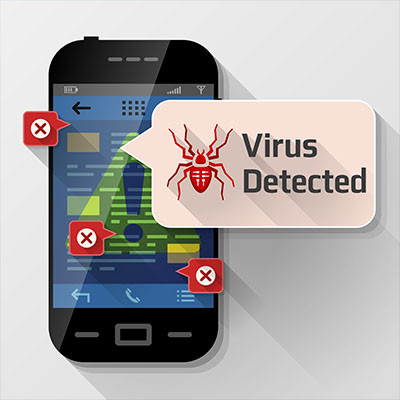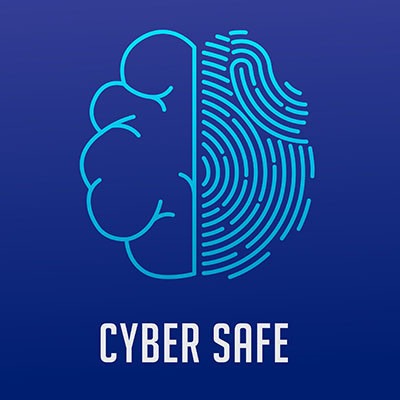In our blog, we talk about security and data breaches all the time. We tell you how you can take efforts to avoid them and how to prepare your organization for the inevitability of being exposed to them. With all that security talk, we should briefly describe the difference between a security breach and a data breach, because they are two different things that get lumped together quite a bit.
ImageSys LLC Blog
Back in December of 2021, an API vulnerability impacting Twitter was disclosed. Just a few months later, in July, data from more than 5.4 million users—obtained through this vulnerability—was put up for sale, and more recently, another hacker shared the data online. Let’s take the opportunity to examine the concept of an API attack, and what can and should be done to stop them.
We discuss security a lot. It’s really an important issue for businesses and individuals alike. We typically discuss the actions you can take to ensure you are doing all you can to protect your organization’s network and infrastructure from harm. Today, we are going to break down one of the most crucial parts of any cybersecurity setup: the antivirus.
While it may not be the first target one might think of when it comes to cyberattacks, a recent Distributed Denial of Service (DDoS) attack on the Vatican’s official website only proves that cyberattacks can potentially influence any organization. Let’s consider the situation, as well as what lessons we can all take away from it.
There are countless known threats out there that create security headaches for network administrators, but it’s not the known flaws that are the most dangerous; it’s the unknown ones that have even more potential to derail operations, expose sensitive data in security breaches, and end businesses entirely. These zero-day flaws or exploits are extremely important to keep informed about.
More often than not, the malware you encounter will target a desktop computer. Despite this, there are indeed some threats that target mobile devices, including one which Google had to remove from the Play Store for infecting smartphones with malware and adware. We recommend that you take immediate action to uninstall these apps if you were one of the unfortunate folks who accidentally installed them.
It’s all well and good to practice caution when clicking on links in your emails, but chances are you’ll eventually have to commit to clicking on one of them, whether you like it or not. In cases like this, it’s best to go against these links armed with as much information as possible about what they are. Let’s go over how you can check their legitimacy quickly and effectively.
We know that security is far from a small investment, but this only serves to highlight how important it can be to your business’ continued success. You might wonder why security is such an important investment if you don’t intend to suffer a data breach, and that’s precisely the point. The cost of not investing in security far outweighs the initial investment.
It doesn’t always take a complicated malware or ransomware attack to break your business. Sometimes it’s as easy as someone sending you an email and pretending they have authority over you. Compromising a business email is one of the most common and easy hacking attacks to pull off, so you should be aware of how to put a stop to it.
Microsoft generally takes security very seriously, and for the most part, if you keep your Windows and Server operating systems updated, you can generally depend on some base-level security and stability. Unfortunately, it was recently discovered that, for almost two years, a very critical defense mechanism within Windows wasn’t being properly secured.
Cybersecurity, to many, can sound inherently complicated—complicated enough, perhaps, that many may elect to put it off for as long as they can, or even choose to go without it. Even without our obvious bias factoring into our considerations, this is a bad idea. Let’s go over some basic security practices that are simple to enact, but can easily make a world of difference for your security.
We’d be the first to admit that, as much as we’d recommend that you use multi-factor authentication wherever it is available, MFA isn’t perfect. This makes the idea that an improvement to these methods is on the horizon an intriguing one. Let’s discuss what may become the new and improved standard fairly soon.
Did you know that you could be the victim of a data breach without even knowing it? It’s possible, really. If a hacker has managed to infiltrate a website or service that you use without giving up the goat, so to speak, they could have your information and you might not even know about it. Thankfully, there are ways around this, and it all starts by asking that simple question: what if my information was stolen, and what is it being used for?
Using USB drives to spread threats is certainly not a novel concept, and you should always be wary of potential threats using USB drives to make their rounds. In particular, a new and emerging threat called the Raspberry Robin worm could shake things up in the world of cybersecurity. What is this threat, and how can you keep yourself and your business safe from its attacks?
Burnout is a very real thing, and it can lead to your employees becoming disengaged in their work in more ways than one. Their performance can suffer, but so too can their adherence to your workplace policies—policies like cybersecurity. Let’s take a look at the idea of cybersecurity burnout at all levels, whether it’s for your average employee or your IT workers.




















